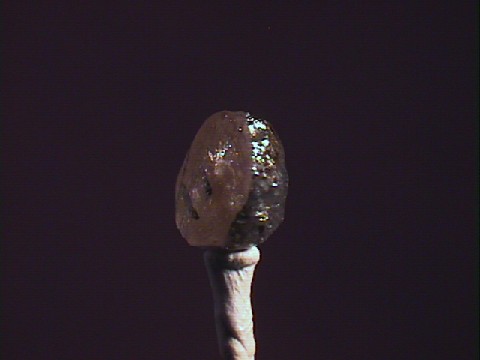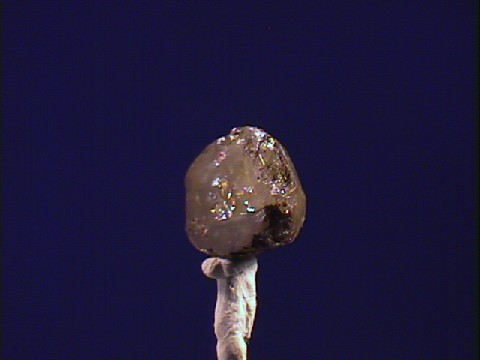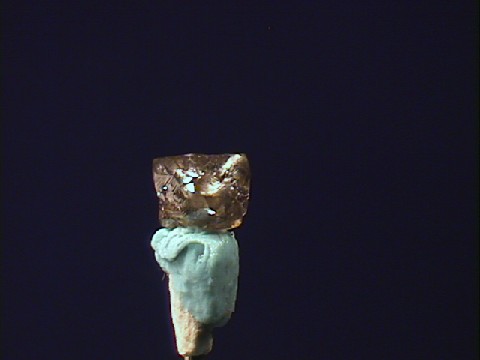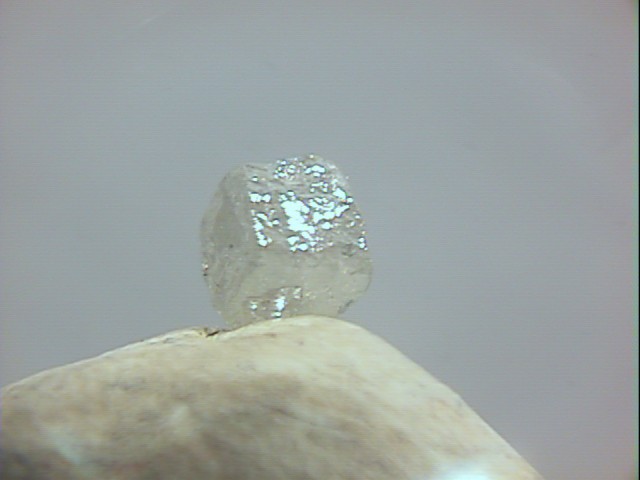 BUYER BEWARE - BUYER BEWARE -
IMITATION DIAMONDS
Diamonds are among the most valuable of gemstones, which has naturally inspired the search for less expensive alternatives.
In some cases, honest mistakes have been made, and many famous "diamonds"
have been found to actually be other gemstones such as spinel.
And there is nothing wrong with buying a stone that looks like a diamond but
isn't -
only in selling one to a misinformed buyer.
Historically, many gemstones and even glass (more likely leaded crystal)
has been used to replace diamonds. All of these stones have strongly
different characteristics, and it is surprising how often fakes have been
passed as genuine diamonds. Of course, if you bribe the gemologist, ....
Cubic Zirconia was found to be an excellent simulant, because of its low
cost and high fire (dispersion).
However, its dispersion is higher than diamond, such that a CZ sparkles more
than a diamond of the same size. Also, it is much less dense, meaning that a
1-carat CZ is noticeably larger than a 1-carat diamond.
More recently, lab-grown moissanite has been offered as a diamond
substitute. It has the high fire and durability needed for a good diamond
substitute, can be produced at a reasonable cost, and (unfortunately) can
even pass a simple thermal conductance test (usually the easiest way to
prove a diamond is real). However, moissanite exhibits double refraction
(splitting images such as newsprint), plus it usually has a faint green
color. Zircon has been
substituted for diamond, as it is a gemstone with a similar index of
refraction and high dispersion,
allowing jewelry that sparkles like a diamond. The other gemstone substitutes (topaz,
beryl, sapphire (corundum), and spinel) all suffer from a relative lack of
dispersion. They simply don't sparkle enough to make a convincing diamond
substitute. Note that every gemstone worth the name will cut glass, as
will quartz (the most common mineral in the Earth's crust). However, only
another diamond will scratch a diamond, and only a diamond (and moissanite)
can scratch a sapphire, such as the crystal face of a Rolex. Assuming you
don't want to damage your Rolex, the most reliable test remains the thermal
conductance test, as diamond conducts heat far better than any other solid
substance (at room temperature). However, it takes a high quality thermal
test to distinguish a diamond from a moissanite gemstone (the double
refraction of moissanite more easily distinguishes it from diamond).
| 













































































































 BUYER BEWARE -
BUYER BEWARE -